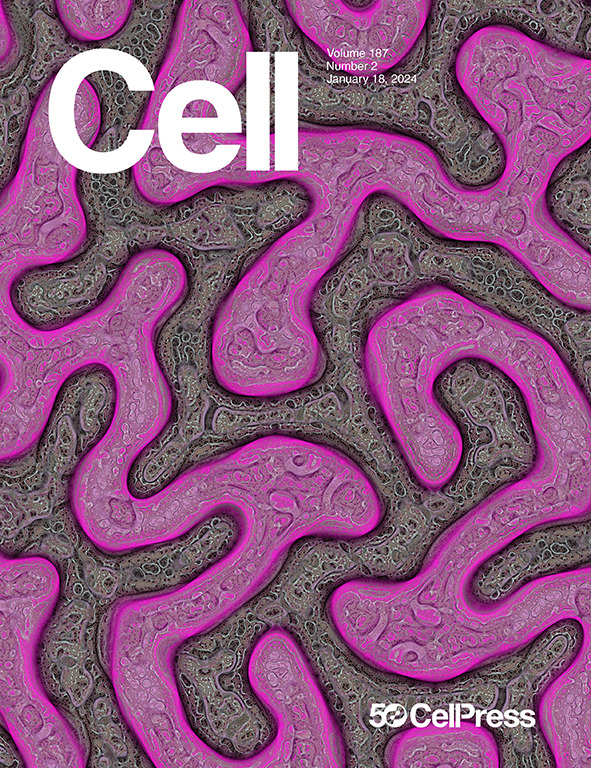Mast cells regulate the brain-dura interface and CSF dynamics
IF 45.5
1区 生物学
Q1 BIOCHEMISTRY & MOLECULAR BIOLOGY
引用次数: 0
Abstract
Cerebrospinal fluid (CSF) flow is essential for brain homeostasis, and its disruption is implicated in neurodegenerative and neuroinflammatory diseases. Arachnoid cuff exit (ACE) points, anatomical discontinuities in the arachnoid mater around bridging veins, serve as key sites of CSF-dura exchange. Here, we show that dural mast cells regulate CSF dynamics at ACE points. Upon degranulation, mast cells release histamine, inducing vasodilation of bridging veins and reducing perivascular spaces critical for CSF drainage. During bacterial meningitis, pathogens exploit ACE points to access the brain. However, mast cell activation redirects CSF flow, recruits neutrophils, and limits bacterial invasion. Mice lacking dural mast cells exhibit impaired immune responses and higher brain bacterial loads. These findings reveal dural mast cells as central players in modulating CSF flow and meningeal immunity. Targeting mast cells or their mediators may enhance CNS clearance and defense mechanisms, offering a potential therapeutic avenue for brain infections.

肥大细胞调节脑-硬脑膜界面和脑脊液动力学
脑脊液(CSF)流动对脑内稳态至关重要,其破坏与神经退行性和神经炎性疾病有关。蛛网膜袖口(ACE)点是桥静脉周围蛛网膜的解剖不连续点,是脑脊膜-硬脑膜交换的关键部位。在这里,我们发现硬脑膜肥大细胞调节脑脊液在ACE点的动态。脱颗粒后,肥大细胞释放组胺,诱导桥静脉的血管扩张,减少对脑脊液引流至关重要的血管周围空间。在细菌性脑膜炎期间,病原体利用ACE点进入大脑。然而,肥大细胞激活可重定向脑脊液流动,招募中性粒细胞,并限制细菌入侵。缺乏硬脑膜肥大细胞的小鼠表现出免疫反应受损和更高的脑细菌负荷。这些发现表明硬脑膜肥大细胞在调节脑脊液流和脑膜免疫中起着核心作用。靶向肥大细胞或其介质可能增强中枢神经系统的清除和防御机制,为脑感染提供了潜在的治疗途径。
本文章由计算机程序翻译,如有差异,请以英文原文为准。
求助全文
约1分钟内获得全文
求助全文
来源期刊

Cell
生物-生化与分子生物学
CiteScore
110.00
自引率
0.80%
发文量
396
审稿时长
2 months
期刊介绍:
Cells is an international, peer-reviewed, open access journal that focuses on cell biology, molecular biology, and biophysics. It is affiliated with several societies, including the Spanish Society for Biochemistry and Molecular Biology (SEBBM), Nordic Autophagy Society (NAS), Spanish Society of Hematology and Hemotherapy (SEHH), and Society for Regenerative Medicine (Russian Federation) (RPO).
The journal publishes research findings of significant importance in various areas of experimental biology, such as cell biology, molecular biology, neuroscience, immunology, virology, microbiology, cancer, human genetics, systems biology, signaling, and disease mechanisms and therapeutics. The primary criterion for considering papers is whether the results contribute to significant conceptual advances or raise thought-provoking questions and hypotheses related to interesting and important biological inquiries.
In addition to primary research articles presented in four formats, Cells also features review and opinion articles in its "leading edge" section, discussing recent research advancements and topics of interest to its wide readership.
 求助内容:
求助内容: 应助结果提醒方式:
应助结果提醒方式:


